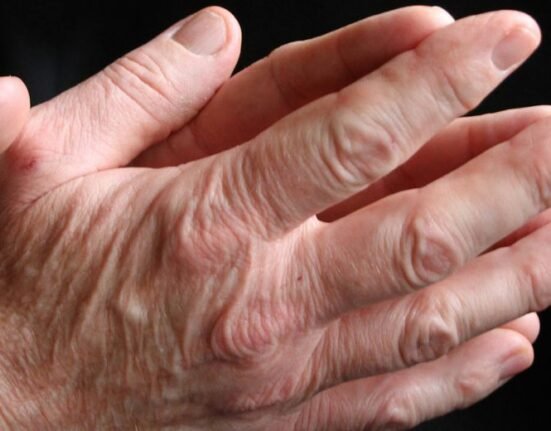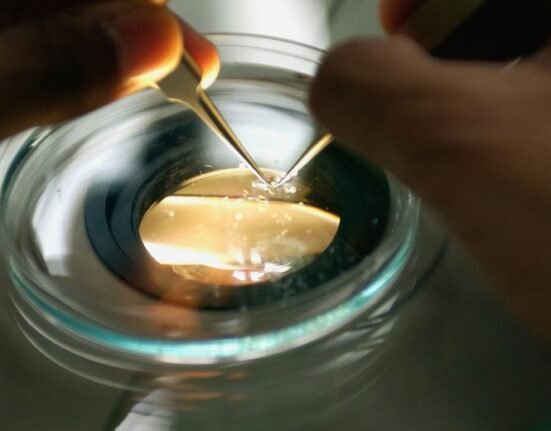HQ Team
May 17, 2023: The first trial on humans of an experimental oral drug for removing radioactive contaminants from inside the body has started in California.
The trial to test the safety, tolerability, and processing in the body of escalating doses of the investigational drug product HOPO 14-1 in healthy adults.
The National Institute of Allergy and Infectious Diseases, part of the National Institutes of Health, is funding the Phase 1 trial, which is sponsored and conducted by SRI International of Menlo Park, California.
Internal radioactive contamination occurs when radioactive elements are absorbed through wounded skin, inhaled, or ingested as the result of natural disasters, during accidents affecting nuclear power plants or nuclear materials storage sites, or in cases of nuclear warfare.
As the atoms of radioactive elements decay, they emit ionizing radiation, which can damage DNA, tissues, and organs, according to a statement.
Feasible option
One method for reducing the risk of this damage is to remove the radioactive elements from the body as soon as possible after contamination occurs.
The development of this drug was “especially novel” as the previously approved transuranic radionuclide decontamination drug, DPTA, can only be administered intravenously or by nebulizer—both of which are less feasible options for rapidly treating large populations than the oral route of HOPO 14-1.
An easier administration route is key for quickly treating people in emergency radiation contamination situations.
“Nonclinical studies of HOPO 14-1 showed that this is an effective and efficient radionuclide decorporation agent that works by chelating radionuclides in the body, allowing them to be rapidly eliminated,” said Polly Chang, Senior Scientific Director in SRI’s Biosciences Division.
The Food and Drug Administration has approved two products for removing internal radioactive contamination.
These drugs, are administered intravenously by a healthcare provider and can remove three radioactive elements: plutonium, americium, and curium.
Oral administration
The HOPO 14-1 drug has been formulated as an oral capsule, which would be easier than an intravenous drug to stockpile and deploy and administer during an emergency.
Preclinical research has shown that HOPO 14-1 can effectively remove many radioactive contaminants, including uranium and neptunium in addition to plutonium, americium, and curium.
These studies also have found that the experimental drug was up to 100 times more effective than DPTA.
NIAID has funded the discovery and development of HOPO 14-1 since 2006.
The clinical trial is taking place at a site in Plymouth, Michigan, under the leadership of Sascha N. Goonewardena, M.D., a physician investigator at SRI’s Clinical Trials Unit.
Results by 2024
The study team will enroll 42 healthy participants ages 18 to 65 years in seven groups of six. Each participant in the first group will receive a 100-milligram (mg) dose of HOPO 14-1.
The subsequent groups will receive increasingly higher doses of the study drug up to 7,500 mg in the final group if lower doses are deemed safe.
Participants will undergo intensive safety monitoring and will be followed for 14 days to measure the absorption, distribution, and elimination of the study drug.
Results of the trials are expected next year.
“Results from this first-in-human clinical trial are important to understand both the safety of this product and how it is distributed in and eliminated from the body. We’re hopeful this work will pave the way for advancing the product towards eventual market approval,” said Dr Chang.








